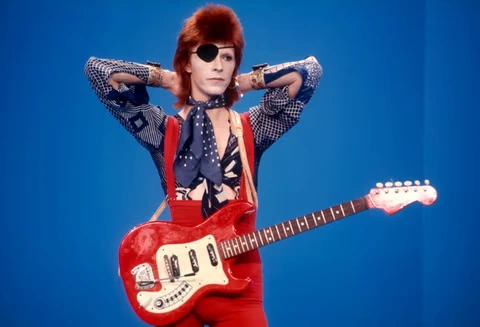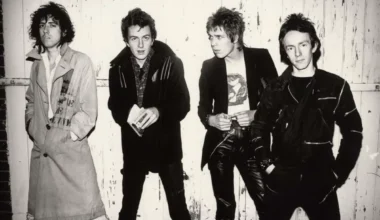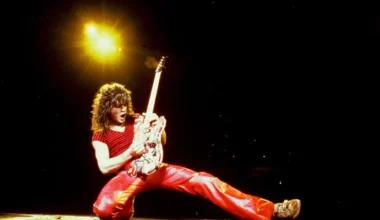Lou Reed is one of the few alternative icons who has garnered the most respect and imitations. With bold themes of sexuality and addiction over delicate, intimate guitars. The volatile frontman of The Velvet Underground developed a sound and style during the 1960s and 1970s. It was far ahead of its time. With the melancholic twangs of “Walk on the Wild Side” and the devastating keys of “Perfect Day,” he carried this into his solo career. He cemented his status as one of the greatest songwriters of all time.
More than fifty years later, his standing as such has only increased. Emerging guitar bands continue to cite Reed as an inspiration due to his avant-garde lyrics and unique vocal delivery. They acknowledge him as a source of inspiration whenever asked. Few songwriters are able to hold such sway over the modern music landscape after their deaths. David Bowie, Reed’s fellow glam rocker and occasional friend, is one of them.
On the other side of the Atlantic, Bowie was creating his own sound. Meanwhile, the Velvets were defining an avant-garde sound throughout the late 1960s, influenced by the streets of New York City around them. The artist, born in London, brought his otherworldly personas to life. He did so with his equally transcendental compositions every time he stepped into the studio. Between “Starman” and Ziggy Stardust, his compositions and personas distinguished him as an especially unique artist.
As with Reed, Bowie’s career was characterised by continuous praise, cementing his status as one of the most avant-garde musicians in history. These two figures are similar to each other in certain ways. They were both pioneers in their artistic fields. Both stepped into the realm of glam rock. Both continue to have an impact on alt-rockers today. But Bowie insisted there were “very few parallels” between the two.
When asked about the resemblance between himself and Reed during an interview with Melody Maker, Bowie referred to it as a “shallow observation.” He did concede that “Queen Bitch” and “Andy Warhol,” two of his songs from his fourth album, Hunky Dory (1971), were on par with Reed’s compositions.
Given their close friendship, it makes perfect sense that Warhol and Reed partially inspired the latter. The musician contributed the inventive “peel slowly and see” banana artwork and produced the Velvets’ now-iconic debut album. The song begins with an unearthly bleep for thirty seconds before fading into raw guitars and stories about the artist and silver screens.
The sound of “Queen Bitch” is a little more Velvets-like, with Bowie dismissing the lyrics in a very Reed manner. Under him, the guitars are effortlessly cool, supporting his stories of the seediest cruisers and clubs. It’s easy to see how The Velvet Underground influenced both its content and style.
It makes sense that while Bowie rejected comparisons to Reed on the remainder of his discography, he accepted them on these two tracks. Songs like “Starman” and “Heroes” are distinctly David Bowie and are so well-known that they can no longer be compared. Even though he might have been influenced by his friend and peer’s artistic abilities, his catalogue was independently just as inventive as Reed’s.








